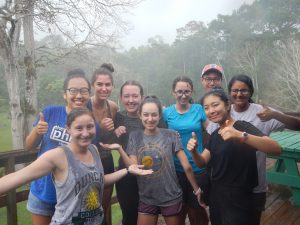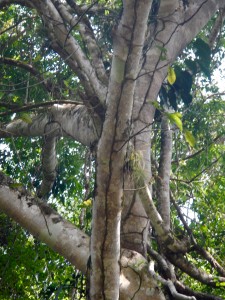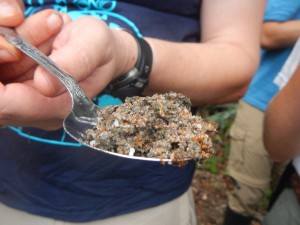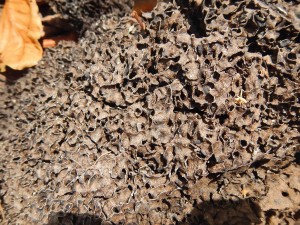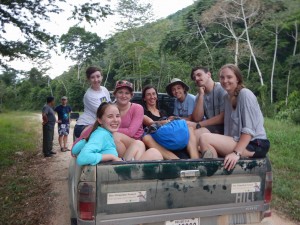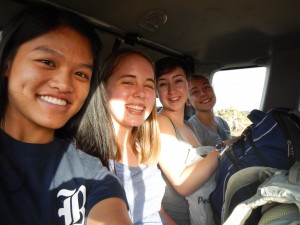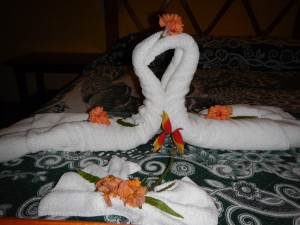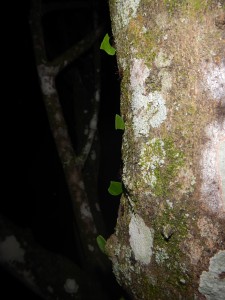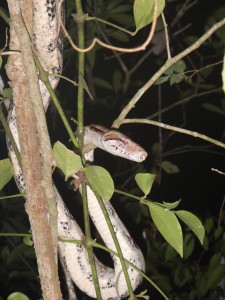Blog Post #6
Day 6: The Day the Insects, Rain, and Southern Mississippi Took Over
Written 12:30 pm May 21st
This post was supposed to be written last night (May 20th), but then I took a Benadryl (#thankschiggers) and fell asleep while typing.
Shoutout to Mom and Jems for a happy birthday!
Yesterday, we spent half of the morning collecting our urine and water samples. Veronica netted another Mexican Tree Frog, but this one had varying shades of brown and green to help it camouflage in the leaf litter. When we returnred, we started analyzing our catches. (Check out Day 4 for the background on this project.) So basically, for the next 5 hours, I looked at insects of all different kinds. Standing over a bunch of springtails, flies, etc and helping our experts (other students who looked at those insects closely) was frustrating but rewarding. Also, everything smelled like urine.
While we were analyzing data, a huge thunderstorm cracked through the sky and we had the chance to get rained on in the rainforest! Scott was especially excited because the first big rain of the season triggers social insects’ nuptial (mating) flights. A few hours later, there were termites EVERYWHERE, and their wings shed very easily.
After the thunderstorm, a group of 25 from Southern Mississippi University arrived. The instructor for their course was intrigued with our insect project, and so he asked if we could present to his group on our urine insects. After much convincing, the group unanimously decided to go for it—and along the way we made all the “pee” puns. We were sad that our personal research station was no longer just ours, but we also had a great icebreaker to meet some new people.


